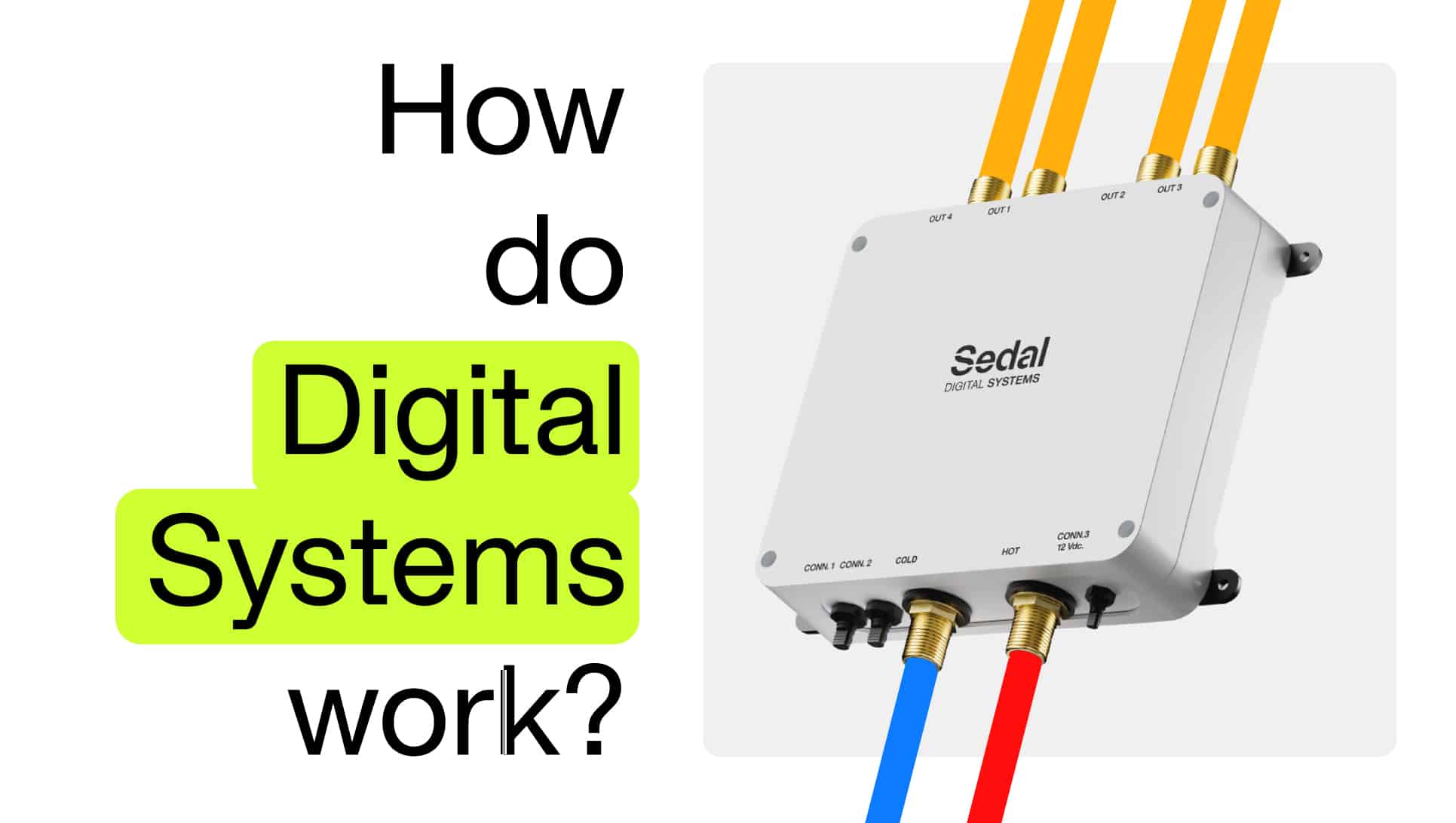Digital technology is transforming how we interact with water at home, from kitchens to bathrooms. At SEDAL GROUP, we are proud to introduce our new Digital Systems, designed to make every experience simpler, smarter, and more efficient, no matter who you are or where you’re from.
But how do these systems actually work? Let’s break it down in a clear and easy way.
Sedal’s Digital System: Simplicity Powered by Innovation
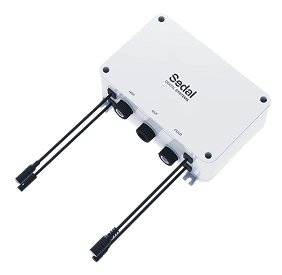
Our digital system is built with one main goal in mind: to offer the best water control experience through a user-friendly and intuitive design. It’s made up of two main components:
1. The Electronic Water Valve – The Brain of the System
The electronic water valve is where all the action happens. It:
- Connects to the water inlets (hot and cold),
- Sends water to the outlet (such as a faucet or a shower),
- And links to the power source and user interface.
Think of it as the system’s brain. It receives information from the user, calculates what’s needed, and controls how the water flows. This includes managing the temperature, flow rate, and even mixing water, if necessary.
You can take a look at our Comparative table here and see the details for each electronic water valve
Important: Water only flows through the valve, never through the interface. That keeps everything clean, safe, and efficient.
2. The Interface (HMI) – Simple, Stylish Control
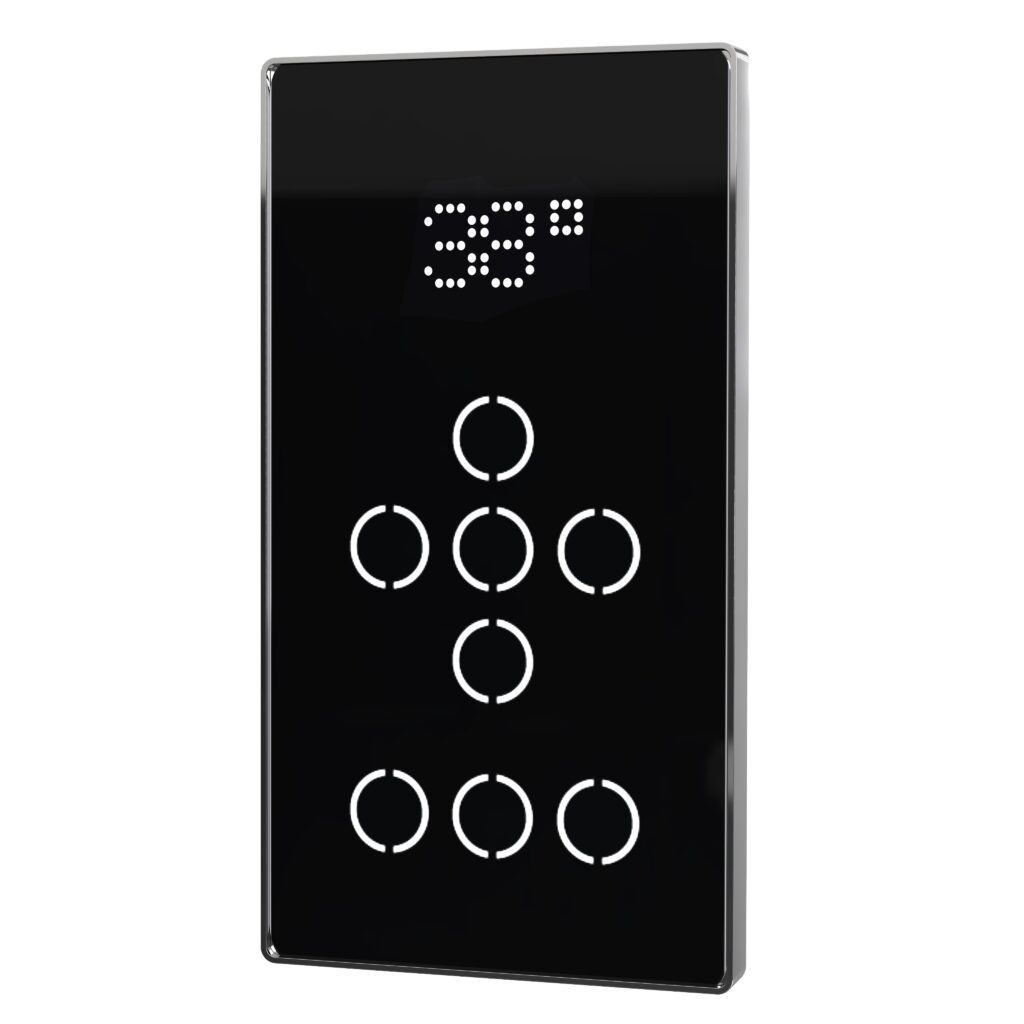
The interface is what the user interacts with. It can be a panel like our iPlus2 model, Digital Rotatives or a sensor among many others. Its purpose is simple: to let the user select how they want the water (warmer, cooler, stronger, gentler,… )
When the user makes a choice, the interface sends that instruction to the valve. That’s it. No water passes through the interface itself. It’s purely about communication, not plumbing.
Digital Systems:
This are some examples of how Sedal’s Digital Systems work in different applications:

Digital System
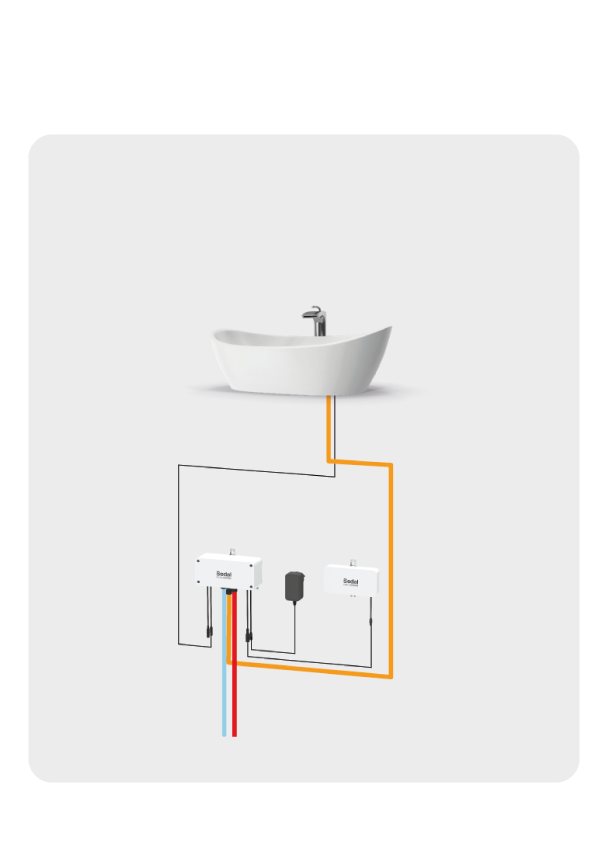
Digital System
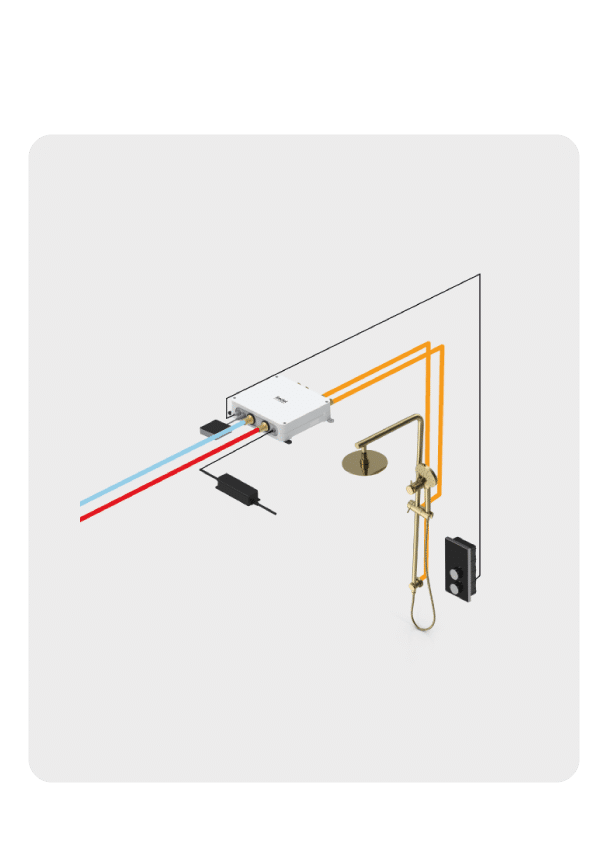
Digital System
Any questions? Contact us and we can explain further!
